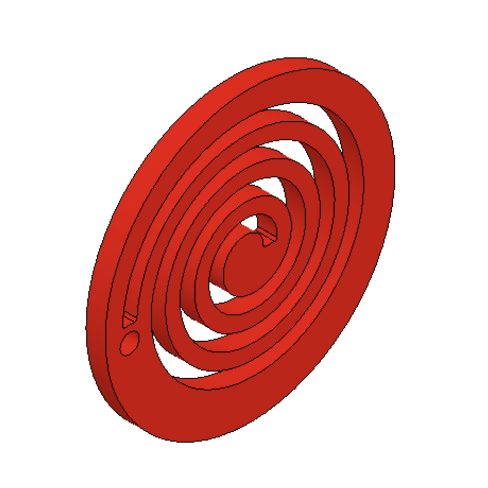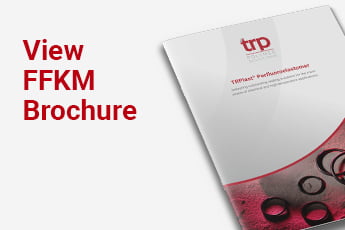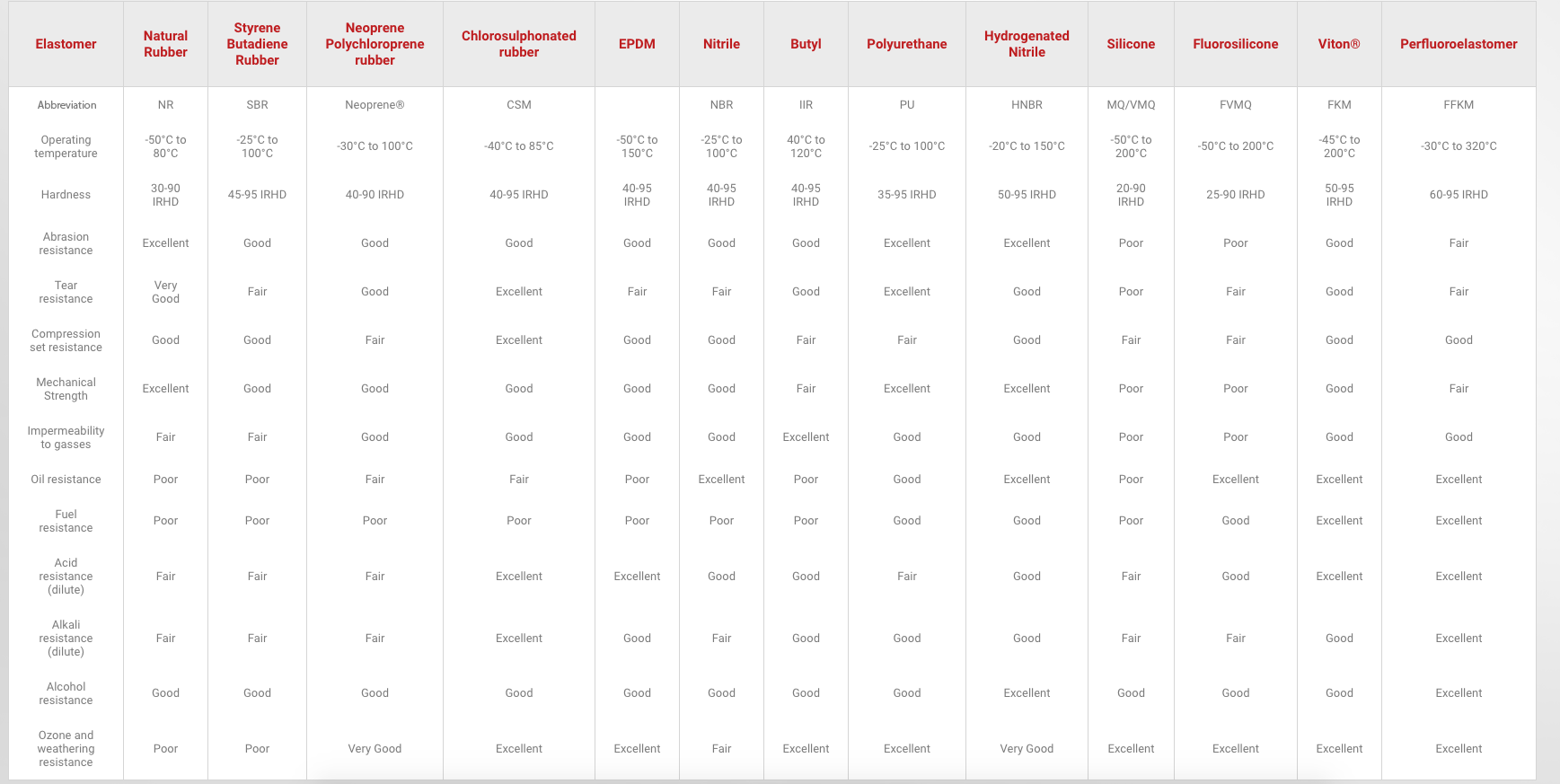Can You Laser Cut Rubber?
Can you laser cut rubber? Yes, here at TRP, we do so when we are producing products for our customers for low-volume production runs and for very short lead times, especially for initial prototypes. This blog explains how we use laser cutting in our processes and how we can utilise it to design and create your desired custom products.
Can you laser cut rubber?
Laser cutting rubber is a common method of production regularly utilised at TRP Polymer Solutions. The high energy density achieved from a laser focused onto a very small area makes laser cutting a highly effective tool for producing small precision cut gaskets. It is especially useful when producing rapid prototypes or in low-volume production for our custom moulded rubber solutions.
Laser cutting and rapid prototyping
There are many benefits that laser cutting provides in both our ability to produce a quality product and also in time and cost:
- If you require a gasket on a short lead time, then the usual lengthy process to cut a new tool can be avoided, allowing us to produce your product in a much shorter time. In many cases, we are able to supply small high precision gaskets as quickly as the next day.
- Excessive tool costs can be averted if several variations of a gasket require trialling.
- If you stock your own sheet materials, then no material change is necessary as we can cut the existing material.
- Laser cutting is a cost-effective production method if small prototype runs are needed prior to the placement of larger volume commercial orders.
TRP have prototyped and manufactured many FFKM diaphragms, heat exchanger gaskets, gasket and valves using laser cutting. If you require any custom rubber diaphragms or custom moulded rubber seals for your business, we are able to do so to your custom drawings.
What file formats can TRP work with?
To produce your customised gasket or other components, we normally require a drawing model. TRP can laser cut components from many file types, such as .STEP, .IGES and .DFX. A PDF drawing can be used if a model is not available and we will produce a drawing for your approval.

A typical drawing model.

A model produced from the above PDF file.

The resulting lasered part.
How complex can a requested component be?
Laser cutting allows us to accurately produce more complex components that other moulding techniques are able to. If a component features highly delicate sections or sections with small, repeating features, we usually opt for laser cutting to precisely cut the part. This allows us to produce a flashless part that does not require trimming.
Pictured below is an example of a component we produced by laser cutting, this method was chosen due to the complexity of the part and therefore unsuitability for other moulding techniques, the need for expensive tooling was also eliminated.


Gaskets cut using lasers have a very fine edge, this can be vital for dynamically functioning components. We have often observed competitors’ parts that are produced without fine edges, and we have seen edge profiles that are left rough, potentially blocking flow paths on small components. Rest assured that even if your component has a complex geometry we have the capabilities to accurately produce it.
The limitations of our laser cutting
Despite the capabilities that laser cutting presents, it’s important to keep in mind that some limitations come with this manufacturing method. These should be borne in mind when designing prototypes:
- Laser cutting is the best-suited to producing thin-section articles. Components made from sheets over 1.5mm in thickness may show an angle on the edge of the finished part. This is due to the laser beam’s focal point.
- Though components up to 3mm thick can be successfully produced, we typically recommend that waterjet cutting is used for components from 2mm upwards.
- Waterjet cutting is another reliable method of manufacture that we utilise at TRP. It can create components with a smooth flat edge. However, it is not always the best method to use as smaller components cannot be produced to the same accuracy as laser cutting and the setup costs are higher.
- For larger components we can produce parts using a press and metallic punch. This is ideal for 2-dimensional shapes, but we have also previously manufactured components that require punching on different planes. We have used this method for manufacturing a fabric-reinforced diaphragm, with a centre hole and outer holes on different planes.
Customised laser cut products at TRP
Please get in touch with us to find out more about how we can produce custom components to your specifications. We have vast experience in laser cutting many complex custom designs, so can provide you with bespoke components produced to a high standard.
For more information on our gasket and component design and how TRP can assist your business, don’t hesitate to contact us. Our technical team is ready to provide expert advice and solutions tailored to your needs.





